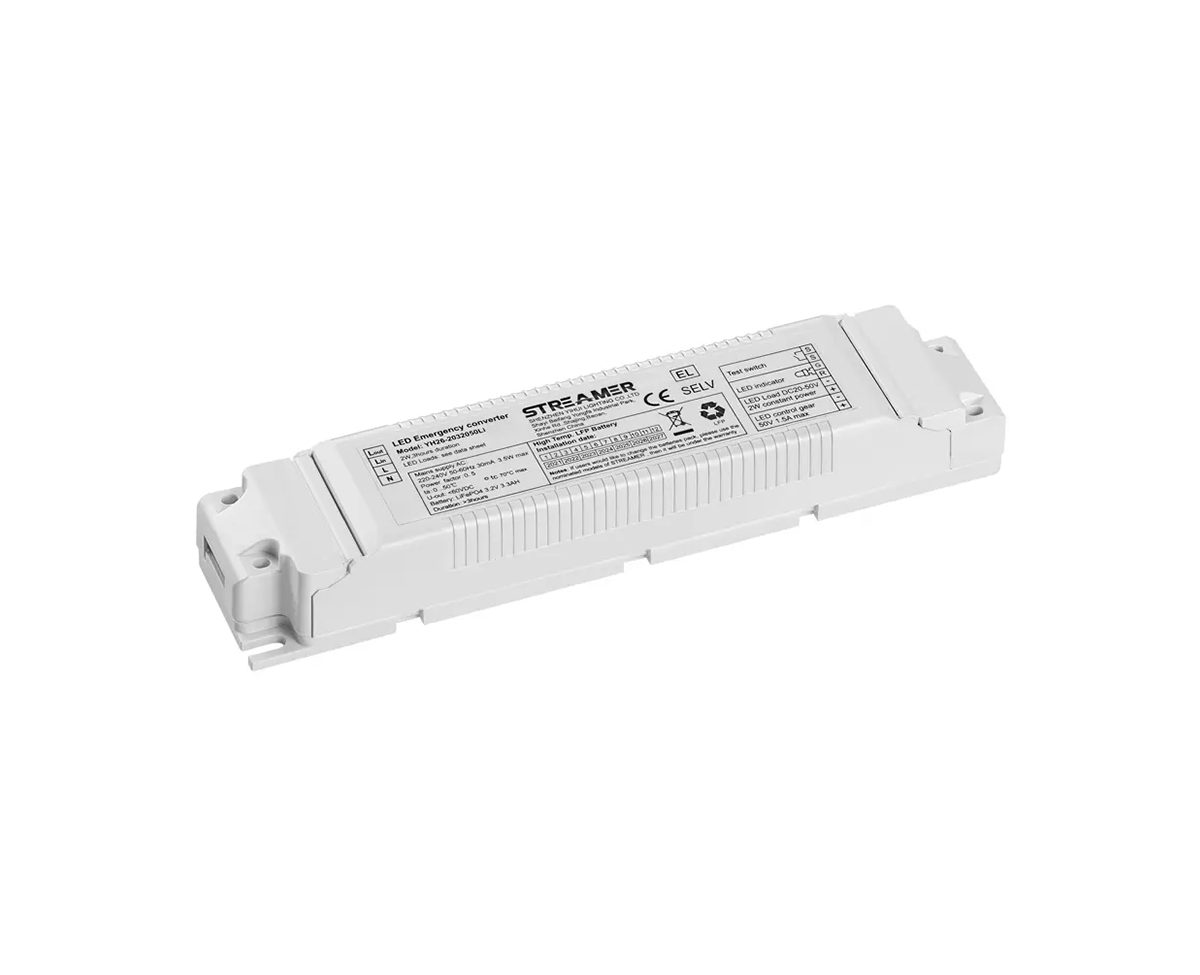 1
1
 Dec 12, 2024
Dec 12, 2024

High-efficiency streamer Baseband Unit (BBU) components are the building blocks of advanced streaming systems. These components are engineered to maximize the performance and minimize the power consumption and latency in the streaming process. The processors used in high-efficiency BBUs are designed with advanced architectures that can handle the complex algorithms required for encoding and decoding audio and video streams at high speeds. They often incorporate features such as parallel processing and pipelining to enhance the overall throughput.
The memory components are optimized for fast data access and storage. High-speed DRAM and flash memory are used to store the streaming data and program instructions, ensuring that the BBU can quickly retrieve and process the information without bottlenecks. The power management components are also crucial. They are designed to provide the necessary power to the various parts of the BBU while minimizing energy waste. This includes features like dynamic voltage and frequency scaling, which adjust the power consumption based on the current workload.
The communication interfaces in high-efficiency streamer BBU components are designed to support high-bandwidth data transfer. They use advanced protocols and technologies such as Gigabit Ethernet and high-speed serial links to ensure that the streamed data can be transmitted and received without significant delays. Additionally, the cooling components are carefully designed to dissipate the heat generated by the high-performance components, maintaining their optimal operating temperatures and preventing overheating-related performance degradation. Overall, these high-efficiency components work together to create a BBU that can deliver high-quality streaming services with minimal resource consumption and maximum reliability.